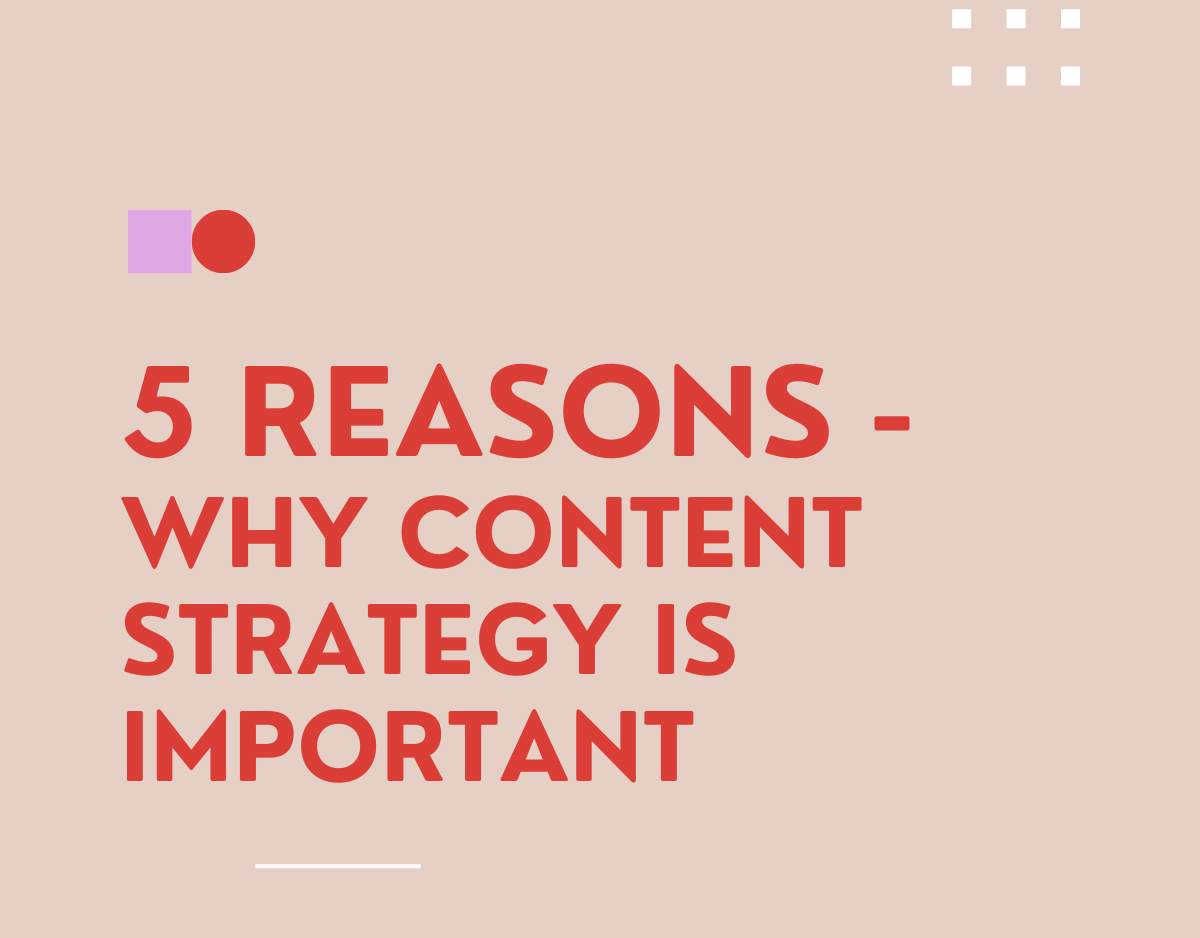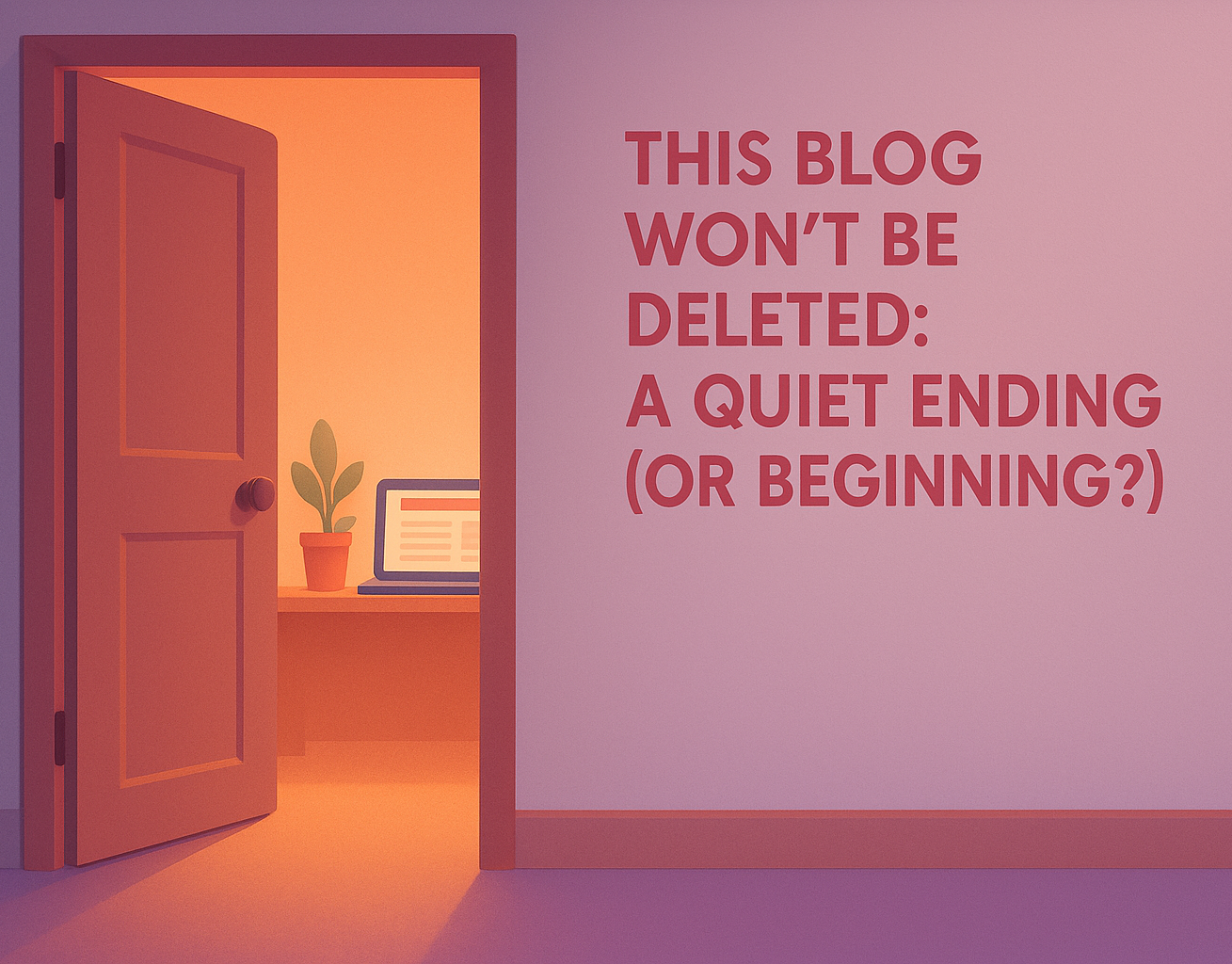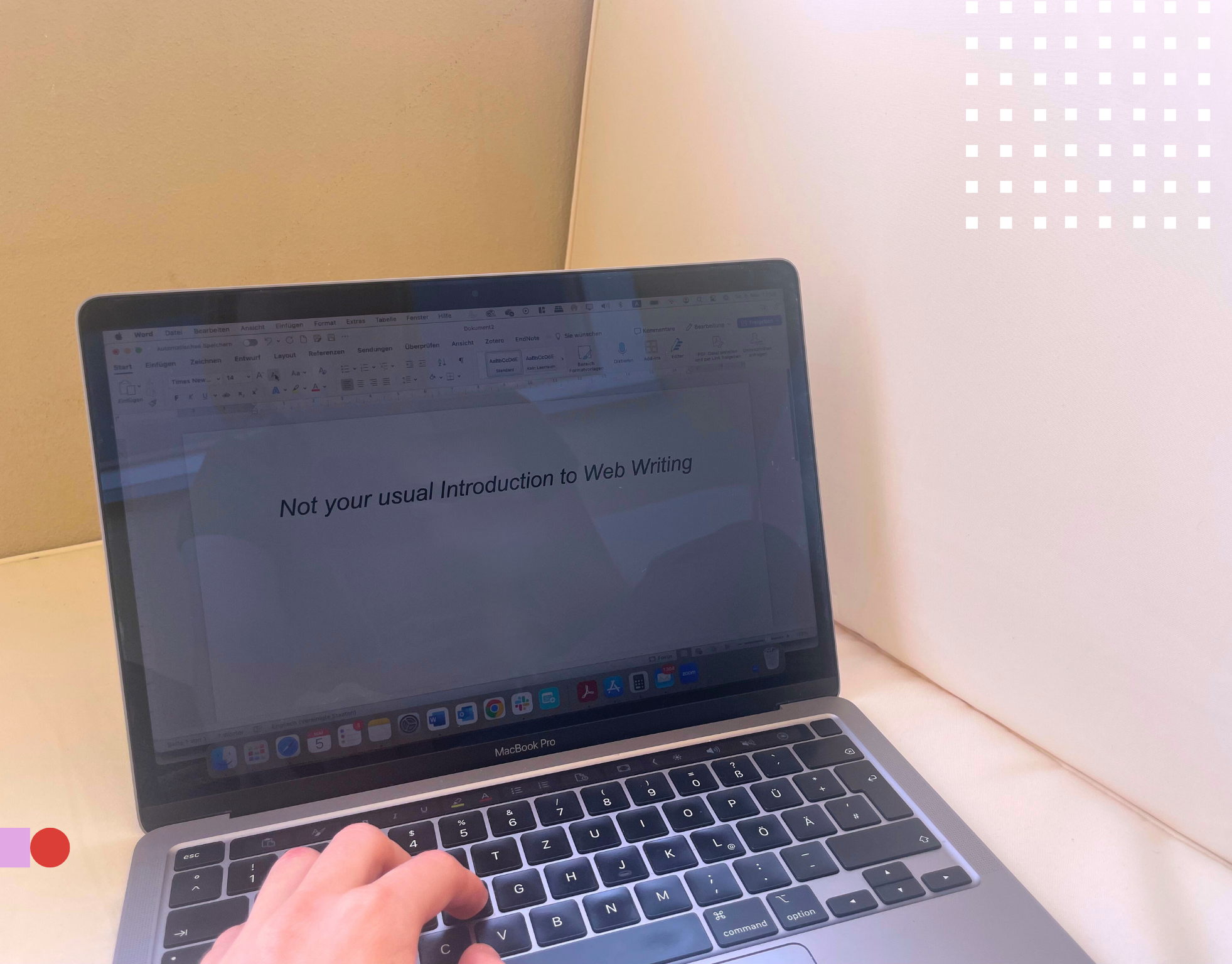Every Content Strategy student aims to create a portfolio that showcases their expertise and growth throughout their studies. My personal goal was to share case studies, reflections on content projects, and insights into my evolving approach to content strategy. LinkedIn therefore seemed like the perfect place to build my personal brand: a professional network where people share achievements, thoughts, and milestones. But after giving it a solid six months, I realized that LinkedIn just wasn’t working for me as a portfolio platform. Here’s why, and what I learned in the process.
The Perfectionism and Overthinking Trap
If you’ve ever tried publishing on LinkedIn, you might know the feeling of hesitation: wondering if your post is polished enough or if it fits LinkedIn’s tone. I found myself caught up in these doubts frequently when I wanted to share something.
LinkedIn is great for many things: networking, job hunting, sharing industry news, and even showcasing professional portfolios for those whose content aligns with its professional tone. I read a lot of great articles about how to use LinkedIn as a portfolio like this one or that one.
But in the end, for me, using it as a creative portfolio space wasn’t working. I spent so much time overthinking the ‘what’ and ‘how’ of posting that my thoughts and insights became secondary.
I often felt out of place and kind of uncomfortable in this polished professional crowd, even though I knew I had valuable insights to share. I also struggled to feel aligned with the culture of the platform.
In this semester I decided to switch platforms. By moving to a personal blog, I could refocus on the journey of learning without the pressure to perform on LinkedIn. Blogging lets me draft posts about the creative process, share half-formed ideas, and experiment with new content types - something I’d never felt comfortable doing on LinkedIn.
What I Learned (That Might Help You Too)
Not Every Platform Fits Every Goal: LinkedIn might be great for networking and professional updates, but it’s not ideal for every kind of content. Understanding what a platform is best suited for can save a lot of frustration.
It’s Okay to Change Course: Realizing that something isn’t working and deciding to change direction isn’t giving up - it’s progress. The best decisions often come from trial and error.
Perfection is a Creativity Killer: Striving for perfection can stifle creativity and prevent you from sharing your true self. Sometimes, the best thing you can do is hit 'Publish' on something that’s good enough and move on to the next piece.
Reducing Barriers is Key to Consistency: By choosing a platform that feels more comfortable, I’ve made it easier to be consistent. A blog gives me more freedom to experiment and grow without the pressure to impress.
All of these learnings should be considered in every content strategy, as they emphasize the importance of choosing the right platform, staying flexible and reducing barriers to ensure consistent content production. To me these core ideas are fundamental to developing an effective, adaptable, and audience-centered content strategy.
Next Steps for My Content Strategy Journey
With my move to blogging, I feel energized to share my content strategy journey again. Without the pressure of LinkedIn, I can let my content flow more naturally, focusing on storytelling in content strategy, experimenting with new formats, and sharing the challenges I face as I learn.
While LinkedIn might be a great fit for some, it didn't suit my needs. If it works for your portfolio, that’s fantastic! But if it feels too restrictive, don't hesitate to explore other platforms that might be a better fit for your content.
My LinkedIn posts aren’t lost. I've transferred all the key learnings from last semester to my blog so I can have my entire journey in one place. This way, all the insights and growth I experienced are accessible, completing the picture of my content strategy evolution. :)









